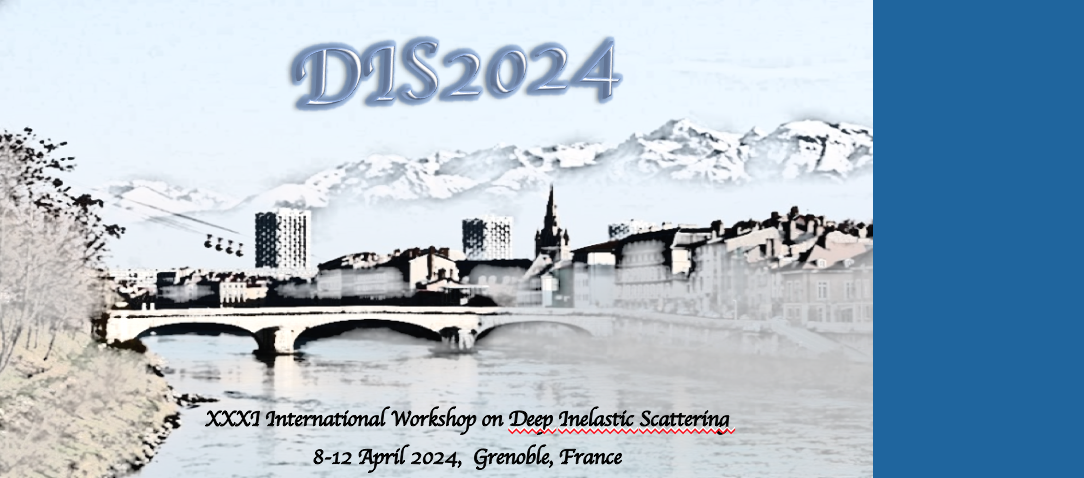Orateur
Description
The spin physics program of the PHENIX experiment at the Relativistic Heavy Ion Collider (RHIC) has a number of recent and ongoing analyses exploring the spin structure of the proton. Leveraging the unique capability of RHIC to collide polarized proton beams, transverse single spin asymmetry ($A_N$) measurements at PHENIX are performed on a variety of final states. These analyses are typically accompanied by a cross section measurement, which itself often offers additional insight into unpolarized proton structure.
In this presentation, I will first discuss results from a recent PHENIX measurement of the forward $\eta$ meson cross section. Cross sections of hadron final states access the unpolarized fragmentation functions and, at PHENIX kinematics, are particularly sensitive to gluon fragmentation. The only available set of $\eta$ meson fragmentation functions, the AESSS fragmentation functions, are still relatively unconstrained, especially compared to their $\pi^{0}$ counterparts. This measurement is planned to eventually serve as an input in an updated global analysis of $\eta$ meson fragmentation functions.
Next, I will present the status of a PHENIX measurement of the forward $\eta$ meson $A_N$. This measurement provides a direct probe of the twist-3 quark-gluon-quark correlation function, and is related to the Sivers TMD PDF describing the correlation between the transverse spin of the proton and the transverse momentum of its constituent parton. This new measurement will complement a forward $\eta$ meson $A_N$ from an earlier PHENIX dataset, and will be used both to validate the previous results and to improve the statistical precision of the measurement.

